Variety Girl
6.6 /10 1 Votes
Language English | 6.4/10 IMDb Genre Comedy, Musical Duration Country United States | |||||||||||||||||||||||||||||||||
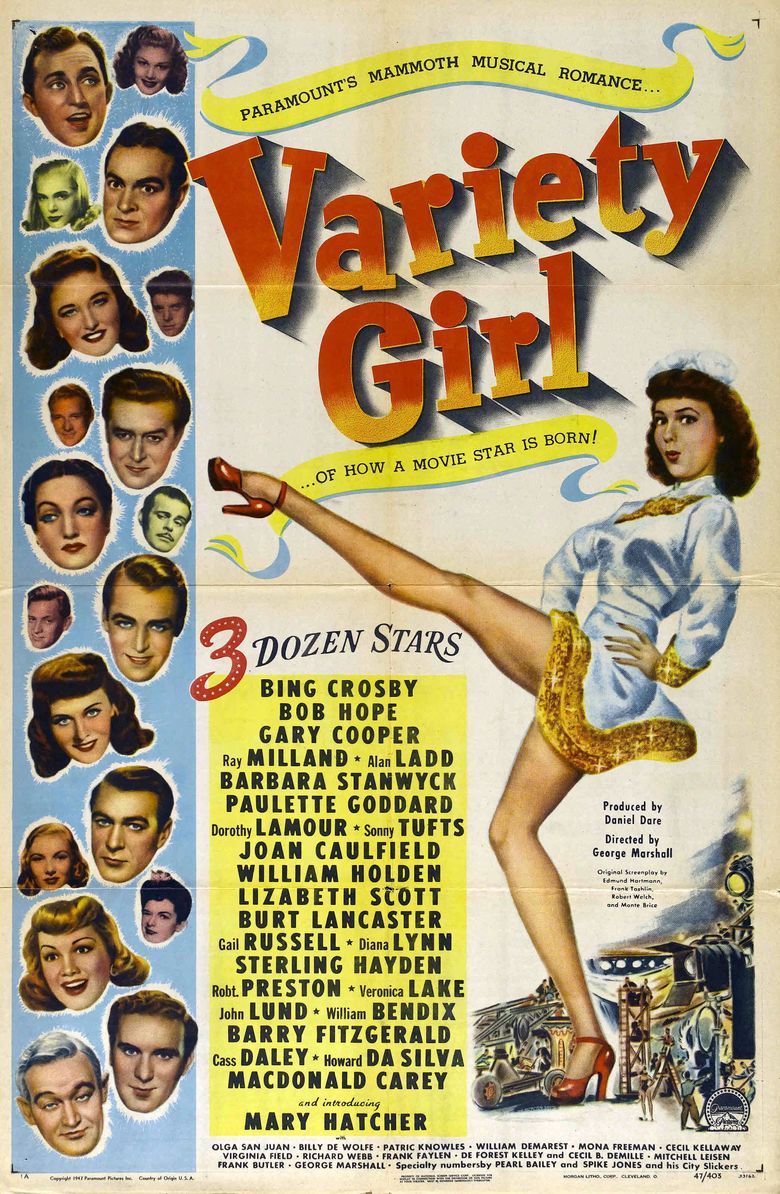 | ||||||||||||||||||||||||||||||||||
Writer Monte Brice , Edmund L. Hartmann , Frank Tashlin , Robert L. Welch Release date August 24, 1947 (1947-08-24) Cast (Catherine Brown), (Amber La Vonne), (Bob Kirby), (R.J. O'Connell), (Bill Farris), (Mrs. Webster) Similar movies Birdman , Frozen , Pitch Perfect 2 , Aladdin , Mulan , Into the Woods | ||||||||||||||||||||||||||||||||||
Robert preston barry fitzgerald catherine craig and sonny tufts cameo variety girl 1947
Variety Girl is a 1947 American musical comedy film produced by Paramount Pictures. Numerous Paramount contract players and directors make cameos or perform songs, with particularly large amounts of screen time featuring Bob Hope and Bing Crosby.
Contents
- Robert preston barry fitzgerald catherine craig and sonny tufts cameo variety girl 1947
- Variety girl music video
- Overview
- Cast
- Reception
- Soundtrack
- References
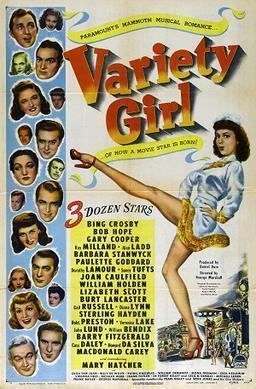
Variety girl music video
Overview
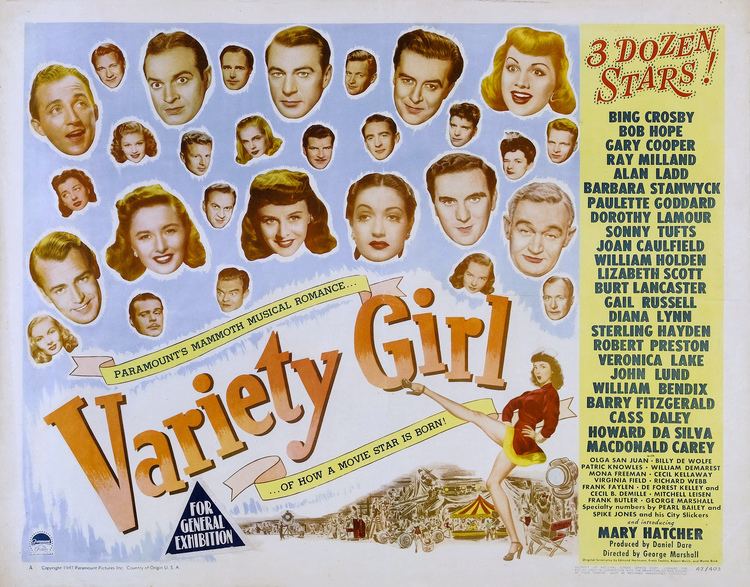
The opening caption reads, "This picture is dedicated to Variety Clubs, International, "The Heart of Show Business", which beats constantly in behalf of the under-privileged children of the world ... regardless of race, creed or color". The story revolves around two young girls who exchange identities, causing confusion at the Variety Club (show-business charity) and the Paramount studio.
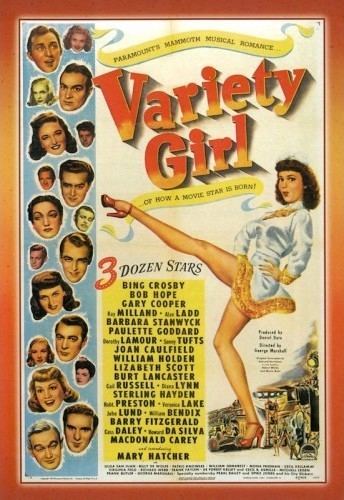
The elaborate closing song, "Harmony," begins with Bing Crosby and Bob Hope singing and dancing on stage in matching checkered suits and straw hats, eventually moves to a merry-go-round with Gary Cooper in cowboy regalia seated on a plastic horse while talking through a couple of stanzas with Barry Fitzgerald, then gradually incorporates the entire cast, which includes almost everyone under contract to Paramount at the time, in a rousing finale launched by William Holden and Ray Milland chasing a scantily-clad woman across a soundstage.
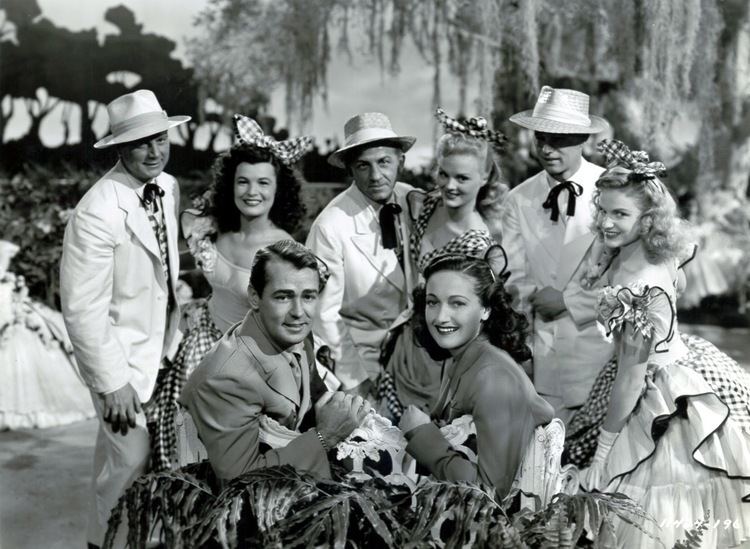
The film includes a five-minute color Puppetoon segment "Romeow and Julicat" by George Pal in Technicolor which is in black and white in most prints. It turned out to be Pal's last Puppetoon short; he split up with Paramount afterwards to become an independent producer.
Cast
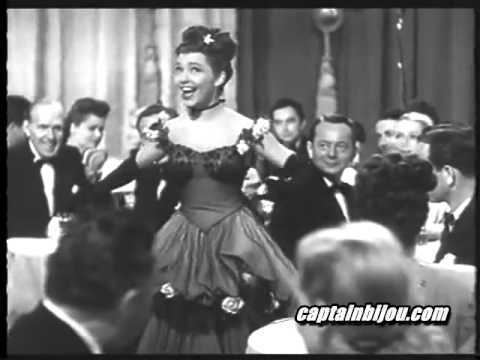
Reception
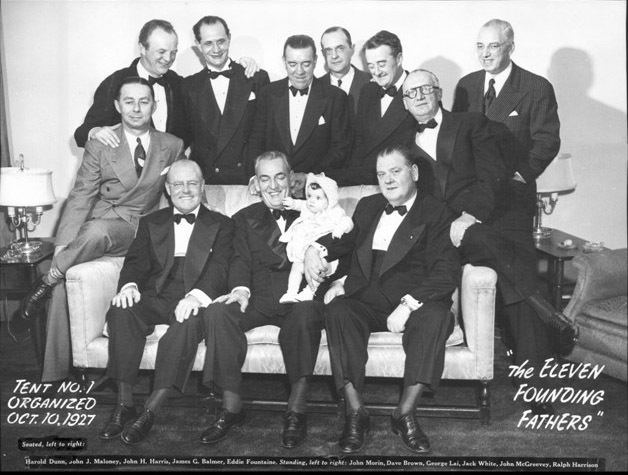
Variety said that the film "emerges a socko entertainment . . . [Hope] and Crosby click with their “Harmony” routine, a socko number for all its paraphrasing of the “Friendship” routine out of Du Barry Was a Lady which Bert Lahr and Ethel Merman made famous. The New York Times review of October 16, 1947 concluded with: "The people who carry along the story are not to be overlooked for they bring to the effort the right spirit of good-natured abandon. Mary Hatcher, who was discovered in "Oklahoma!", is a very welcome addition to the screen's songbird assembly, and she has a wide-eyed innocent look which won't hurt her either. "Variety Girl" is hodge-podge, to be sure. But let's not quibble about its lack of form, because it is a hearty slam-bang entertainment wherein the good very definitely outweighs the poor."
Soundtrack
The song "Tallahasee" appeared in the Billboard charts with recordings by Bing Crosby and The Andrew Sisters (#10 position) and by Dinah Shore and Woody Herman (#15 spot).
References
Variety Girl WikipediaVariety Girl IMDb Variety Girl themoviedb.org
